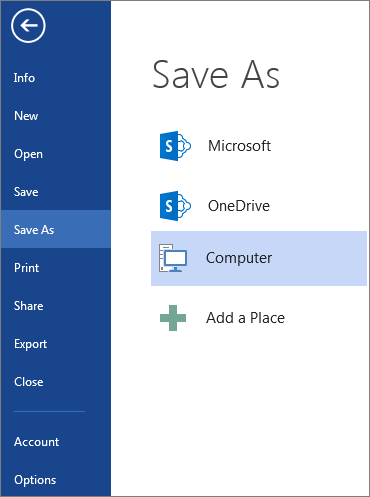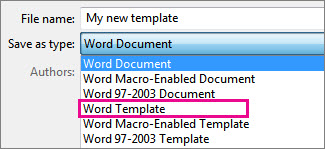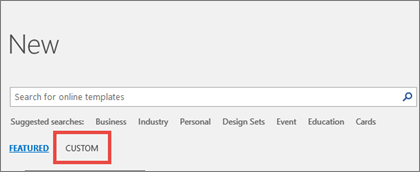Login Template
Create a template (Save As template)
You can start with a blank document and save it as a template, or you can create a template that is based on an existing document or template.
Start with a blank template
- Click the File tab, and then click New.
- Click Blank document, and then click Create.
- Make the changes that you want to the margin settings, page size and orientation, styles, and other formats.You can also add content controls such as a date picker, instructional text, and graphics that you want to appear in all new documents that you base on the template.
- Click the File tab, and then click Save As.
- In the Save As dialog box, do one of the following:
- On a computer that is running Windows 7, scroll to the top of the folder list, and under Microsoft Word clickTemplates.
- On a computer that is running Windows Vista, under Favorite Links, click Templates.
- On a computer that is running Windows XP, under Save in, click Trusted Templates.
- Give the new template a file name, select Word Template in the Save as type list, and then click Save.NOTE: You can also save the template as a Word Macro-Enabled Template (.dotm file) or a Word 97-2003 Template (.dot file).
- Close the template.
Create a template
If you frequently create a certain type of document, such as a monthly report, a sales forecast, or a presentation with a company logo, save it as a template so you can use that as your starting point instead of recreating the file from scratch each time you need it. Start with a document that you already created, a document you downloaded, or a new template you customized.Save a template
- To save a file as a template, click File > Save As.
- Double-click Computer or, in Office 2016 programs, double-click This PC.

- Type a name for your template in the File name box.
- For a basic template, click the template item in the Save as type list. In Word for example, click Word Template.
 If your document contains macros, click Word Macro-Enabled Template.Office automatically goes to the Custom Office Templates folder.
If your document contains macros, click Word Macro-Enabled Template.Office automatically goes to the Custom Office Templates folder. - Click Save.
TIP: To change where your application automatically saves your templates, click File > Options > Save and type the folder and path you want to use in the Default personal templates location box. Any new templates you save will be stored in that folder, and when you click File > New >Personal, you'll see the templates in that folder.Edit your template
To update your template, open the file, make the changes you want, and then save the template.- Click File > Open.
- Double-click Computer or This PC.
- Browse to the Custom Office Templates folder that’s under My Documents.
- Click your template, and click Open.
- Make the changes you want, then save and close the template.
Use your template to make a new document
To start a new file based on your template, click File > New > Personal, and click your template.
Use your templates from earlier versions of Office
If you made templates in an earlier version of Office, you can still use them in Office 2013 and 2016. The first step is to move them into the Custom Office Templates folder so your application can find them. To move your templates quickly, use the Fix it tool.
No comments:
Post a Comment